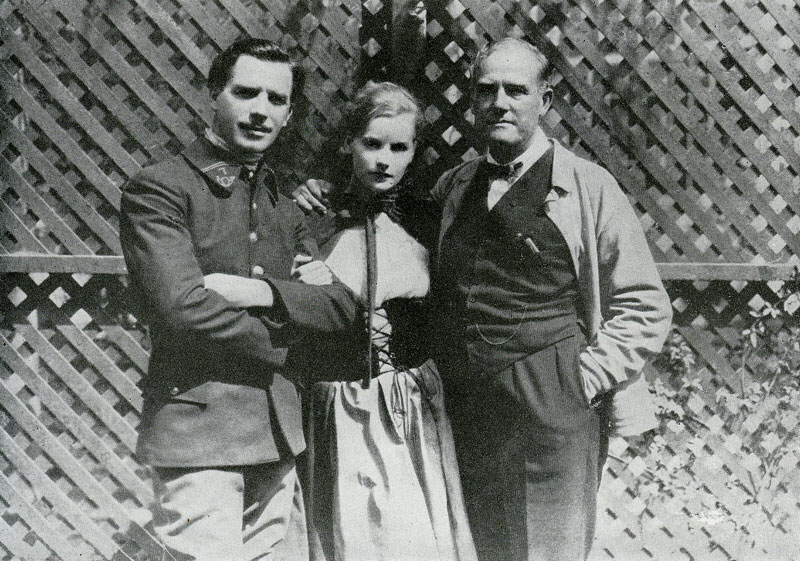Vilma Banky under the direction of Victor Sjsotrom.
Victor Sjostrom seemed overlooked by a publication dazzled by a starlet, Vilma Banky was exceptionally well received by London film critics. Weekly Kinema Guide acknowledged the difficulty actresses were having transitioning from the silent screen to the sound while admitting that not all actress in the United States were American and that some were European, or "Cosmopolitan". It wrote, "This is the first picture in which Vilma Banky has had an "all talking" part and she can be said to have emerged from what any cosmopolitan film actress must look upon as an ordeal....To all the acknowledged film stars therefore, the coming of the talkies must have been a period of anxiety, that is untill they had done their first full length talking part....Vilma Banky's admirerers, and there are, quite reasonably, many will be relieved to know that she reproduced very well indeed. This was foreshadowed by a few lines spoken in her last picture, but 'A Lady to Love' will show that she has not lost prestige.
Vilma Banky, in other words, like Greta Garbo, has pulled through."
Sidney Howard had written the play “They Knew What They Wanted” in 1924 and had sent M.G.M. a synopsis, which was eventually given to Victor Sjostrom On his return from Sweden to Hollywood in 1929. Sjostrom began filming in November of that year and the film premiered in February of the next. Bo Florin observes that it was seen by Bengt Forslund that the filming was hurried for a work of that nature, that it “ had been conceived of all of a sudden, that the short time lapse between the original idea was probably not ideal as this was Sjostrom’s first sound film” Victor Seastrom left America for Sweden, to again become Victor Sjostrom, two months after the premiere of the film “A Lady to Love”. In Sweden he acted, and only acted, starring in two films directed by Ingmar Bergman, one of them having been the film “Wild Strawberries”. His daughter, Guge Lagerwall, married to an actor, briefly appeared in Swedish films.
Victor Sjostrom subsequently filmed the sound film "Under the Red Robe", a remake of a silent filmed in the United States.









